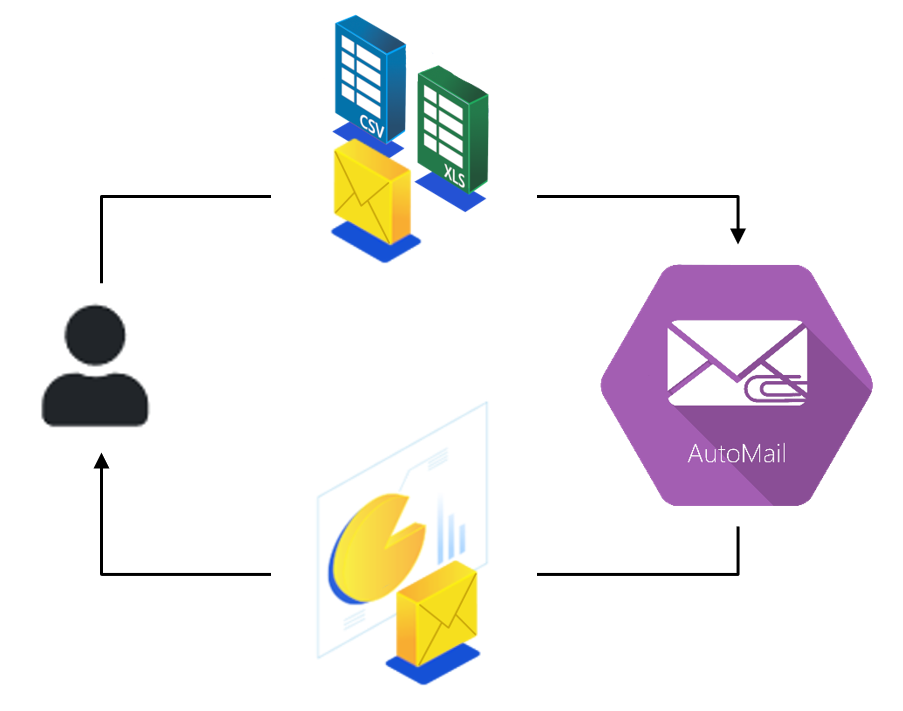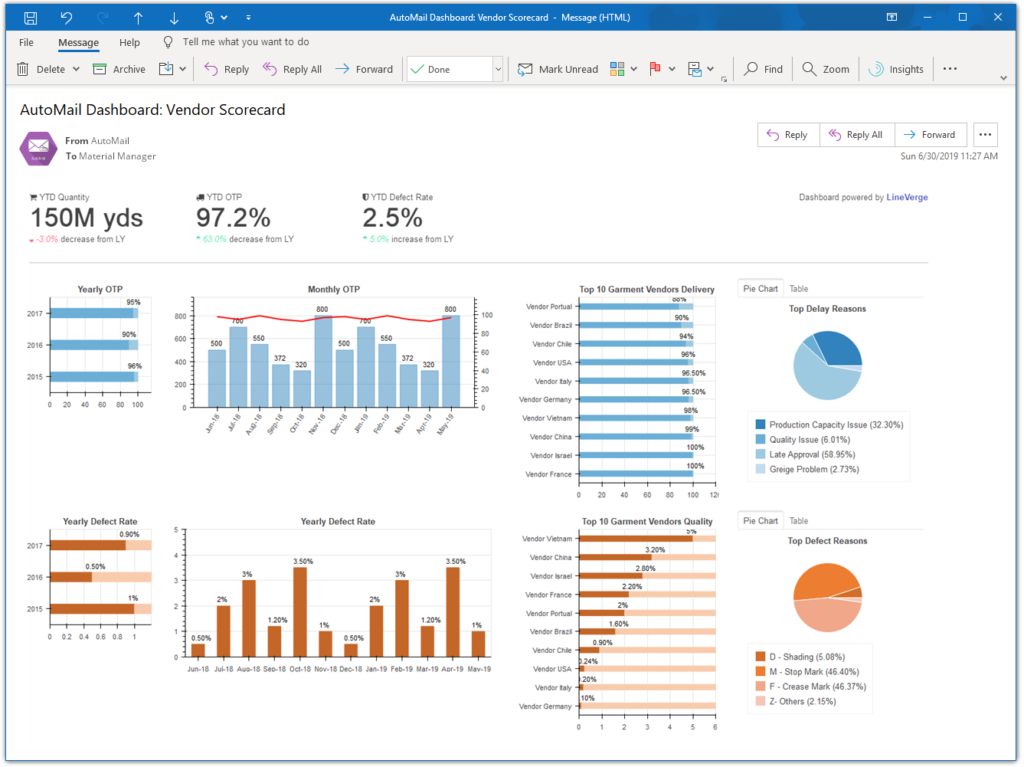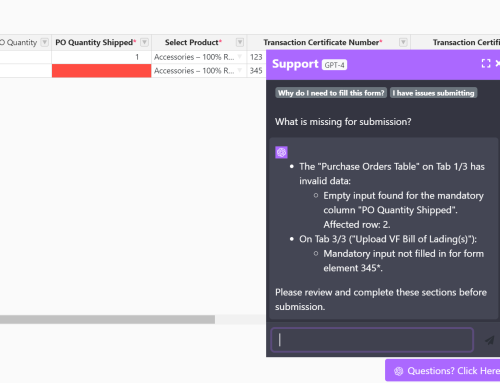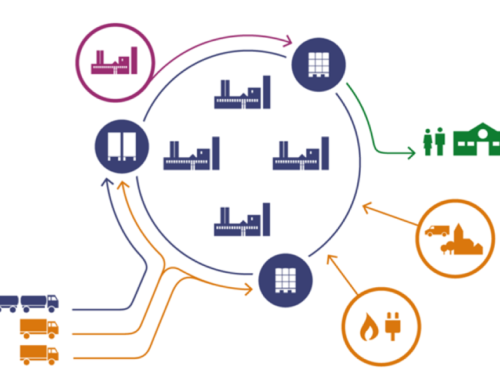The Problem with BI Reports
A question for data scientists, business analysts and other IT practitioners:
Is your audience using the reports you provide to them for making decisions?
As a technical person who spent considerable time and efforts building the reports you will likely assume it is the case.
However, by analyzing a set of qualitative case studies and by interviewing a large range of users in corporate environment, we discovered there is a shockingly low usage rate – with measurement based on the estimated number of relevant reports by user.
In fact, less than 20% of users are using existing BI reports as a primary source of information for making business decisions. Instead, users are mainly relying on their own Excel files and inputs provided by their colleagues. They do so, even though the same information is part of BI reports available to them.
This statistic is concerning and raises another important question:
How to ensure your reports to be used?
Based on our observations, BI reports must be:
- Accessible: reviewing reports should be as convenient as possible. If users first have to launch a desktop application (e.g. Tableau, Qlik or PowerBI), to load a webpage or to open an attachment, the usage rate will be negatively impacted. The most effective way to share a report is via email and the report should be displayed as an inline image (i.e. through CID embedding).
- Simple: the reports must be comprehensive and provide information that is needed by users only. Any additional piece of information or interactive widgets such as filters, buttons or tabs will negatively impact the usage rate. Including too much information and unnecessary functions will only frustrate users.
Our Solution
With these research findings in mind, Lineverge created a new report exporting feature. Our Automail solution has integrated the feature starting from version 3.7 (released on 6/29/2019).
The feature adds a layer of abstraction to Bokeh – an open source Python based data visualization library – and supports exports in PNG format using PhantomJS. Report components (e.g. charts, tables, KPIs, etc.) are configured in a JSON-like dictionary, which allows our engineers to rapidly align with business users on content and format preferences.
When users give the green light, we schedule Automail to send the reports per email in a required frequency.

This new feature is very powerful because:
- The users don’t need any BI software or Internet connection to view the reports (accessibility).
- The report content and format can be adjusted to users’ need easily (simplicity).
- Our data scientists can monitor the report usage rate (based on email activity) and identify improvement/clarification opportunities.
The intended use is for read-only report sharing. If users need to overwrite, append or delete data we would recommend using Polygon Cloud or Polygon Enterprise instead.
Below is a screenshot of a sample report generated and sent by AutoMail. The target audience consists of material sourcing managers who need to anticipate quality and delivery issues, as well as to score vendors according to their performance.




